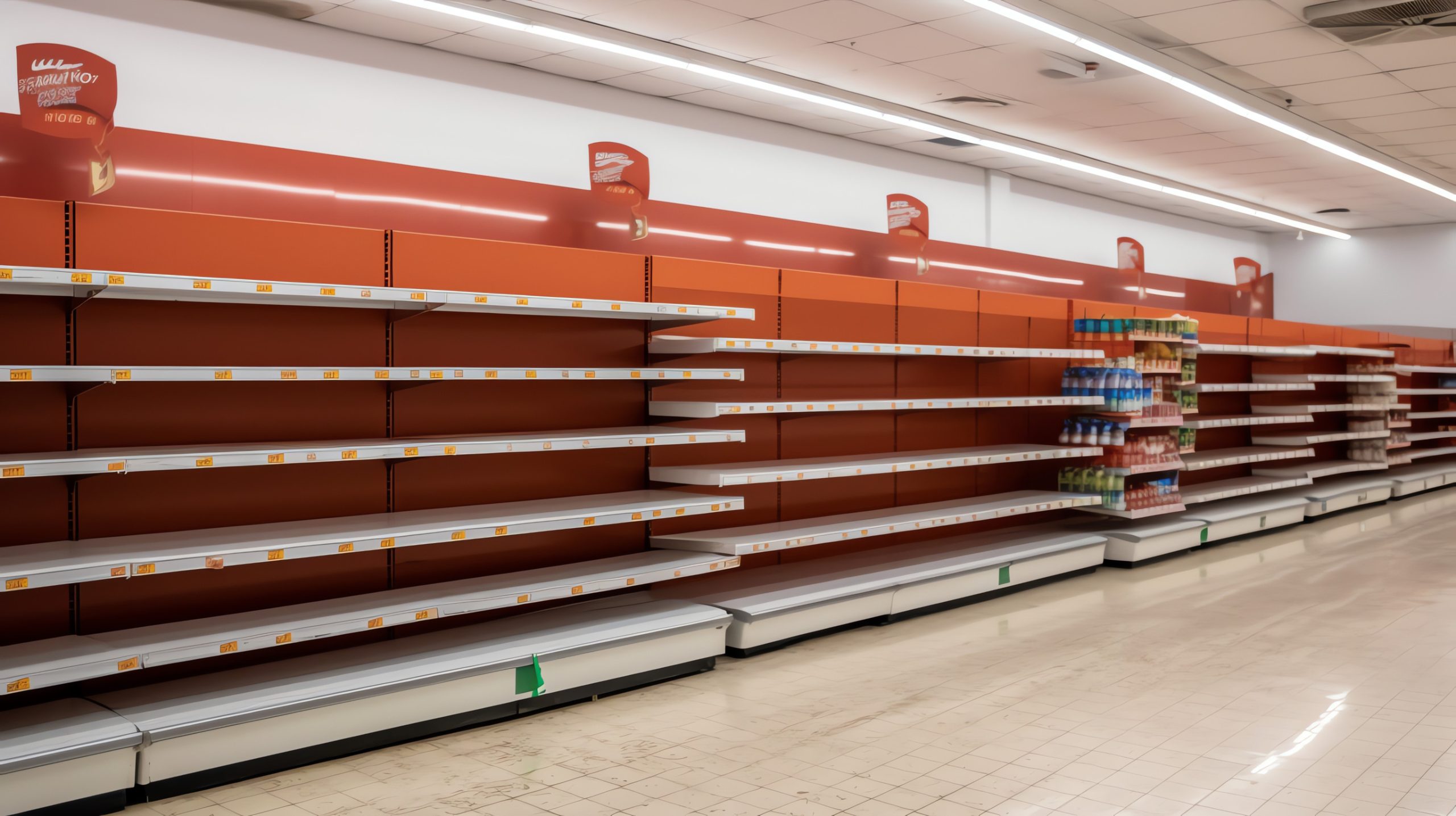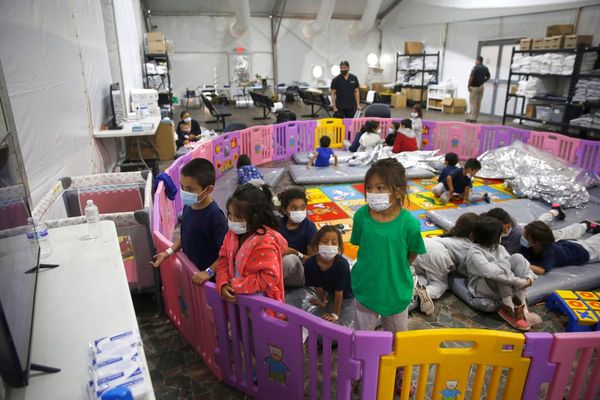
You’ve seen it happen: news breaks about a food recall—maybe something about frozen veggies, snacks, or meats—and by the time you head out, supermarket shelves are already bare. For shoppers, this is more than annoyance—it’s a signal that panic, caution, and demand conspire to make certain items the first to disappear. Knowing which items tend to vanish in a food recall can save you time, money, and even health risks. Being aware lets you act more confidently—whether that means checking your freezer, swapping brands, or getting ahead by storing safe alternatives. Here are nine items that always seem to go fast once a food recall hits the news—and why they vanish so quickly.
1. Frozen Fruits and Vegetables
When a food recall involves Salmonella, Listeria, or other contaminants, frozen fruits and vegetables are among the first products to fly off the shelves. These are staples in many households—smoothies, side dishes, cooking staples—so people tend to buy them in bulk or check freezers. Also, many frozen fruit/veg items have lot numbers that are difficult to distinguish, pushing consumers to remove all similar ones just to be safe. Retailers often pull every batch that matches certain distribution codes, so what remains is uncertainty. If you hear about a recall for frozen produce, odds are high that every bag like it disappears fast.
2. Ready-to-Eat Meat or Deli Meats
Food recalls on deli or processed meats stir immediate concern because many eat them without cooking. Since ready-to-eat meats (sliced turkey, ham, roast beef) are riskier if contaminated, people acting quickly tend to empty shelves. These meats are also perishable, so stores often mark them down or rotate stock rapidly, making removal easier—and visibility higher. Once warnings reach social media or the press, the demand for safety makes these items vanish fast. If a food recall involves meat, expect the deli or packaged meat aisle to look very different by evening.
3. Infant Formula or Baby Foods
Few products stir more worry than when a food recall highlights infant formula or baby food. Parents with infants depend on trusted brands and specific formulations, so any recall causes urgent checks at home. Retailers often remove these immediately upon recall, sometimes before consumers are widely aware, due to regulatory pressure and public safety. There’s also emotional urgency—many people don’t want to risk feeding babies anything questionable. Thus, infant formula, baby yogurt, purees, and other baby foods often disappear first when a food recall is announced.
4. Frozen Prepared Meals or Entrees
Frozen meals are popular for convenience—just heat & eat. When a food recall touches a frozen entrée chain (especially national brands), people often check their freezers to see if they own recalled lots. Stores also pull these items fast since they occupy freezer space with short shelf lives and high turnover rates. Because many shoppers count on these as go-to meals, demand spikes for alternatives, further emptying whatever is left. If your frozen dinner brand is mentioned in a food recall, expect it to disappear rapidly.
5. Snack Foods & Chips Packets
Snacks disappear fast in food recalls—especially chips, crackers, popcorn bags, or flavored snacks with multiple ingredients. Why? Because they’re everywhere, cheap, popular, and often eaten on a whim. Also, people figure if recall warnings say “contains undeclared allergen” or “may be contaminated,” better to remove anything vaguely similar. Additionally, snack sections often have multiple brands, but when one goes bad, customers often buy up unaffected ones too, just in case they’re uncertain. Because snack foods are low-cost and high-volume, they vanish quickly after a food recall alert.
6. Dairy Products (Cheese, Milk Alternatives, Yogurt)
Dairy is among the more sensitive categories for contamination or mislabeling issues—remember recalls for Listeria contamination in cheese or undeclared allergens in yogurt. Once a food recall affects dairy, people tend to avoid that entire type or brand until more is known. Also, dairy tends to be consumed quickly, so stock runs out fast once word spreads. Since many store-brands or smaller dairies share processing facilities, consumers may assume risk isn’t isolated. That spike in perceived risk means cheese, yogurt, or milk substitutes often vanish quickly when a food recall is announced.
7. Frozen Meat & Poultry Products
Frozen chicken, beef, or mixed meats in boxes or bags vanish early during food recalls involving meat. These are often used in many households’ meal preps; when a recall hits, people examine freezers, tossing or returning anything affected. Retailers immediately remove the recalled lots and often struggle to restock because customers who want “safe” meat buy up alternatives. Food safety authorities move quickly in these cases, and the high risk associated with undercooked or contaminated meat intensifies urgency. So frozen meat/poultry always seems to be gone by midday when the recall becomes widely known.
8. Import or Specialty Frozen Items
Groceries that specialize in international foods or frozen products from abroad often get caught up in recalls—whether for import violations, wrong ingredient labels, or unexpected contaminants. When these food recall alerts mention “imported,” “foreign distribution,” or “supplier issues,” consumers who use specialty or exotic items often act fast. Stock tends to be limited already, so once people suspect an issue, whatever is left disappears rapidly. Retailers may also pull even similar or connected lines out of caution. That makes specialty frozen treats, desserts, or ethnic frozen food disappear sooner than you think in a food recall.
9. Shelf-Stable Mixes Tied to Frozen Products
Sometimes food recalls involve mixes, sauces, or seasoning packets that are used in frozen meals. For example, a frozen dinner might include a sauce with an allergen later flagged; that leads people to avoid the whole meal or pull any product with that mix. Retailers and consumers often overreact: even shelf-stable packets associated with the frozen line get attention and vanish. Even if only the frozen meal was recalled, related products vanish out of caution or consumer distrust. Because many households have those mixes in their pantries and freezers, the ripple effect is immediate when a food recall hits.
What Happens in Those First Chaotic Hours
The speed with which these items disappear during a food recall shows how much fear, brand trust, and risk perception matter. Consumers rush to check ingredients and lot numbers; retailers pull stock; social media amplifies concern—and everyone wants to be safe first. Being aware of which items typically vanish fastest helps you stay ahead—check your pantry or freezer proactively, know lot or batch number info, and subscribe to recall alert services. If you see a recall, assess the products you have and whether they match the recall notice. Acting early—not in panic—can save your groceries, your belly, and some peace of mind.
Have you ever had to rush to the store or your freezer when a food recall hit—maybe something you use vanished right away? What product was it, and what did you do? Share your story in the comments below.
What to Read Next
- Why Shoppers Say These 9 Products Are Impossible to Find After a Recall
- 6 Times a Recalled Product Was Still on the Shelf
- 10 Shelf Products Recalled for Cross-Contamination
- 6 Snack Brands Being Recalled for “Undeclared Allergens”
- Why Some Brands Survive a Major Recall and Others Don’t
The post These 9 Items Always Vanish on the First Day a Food Recall Hits the News appeared first on Grocery Coupon Guide.







